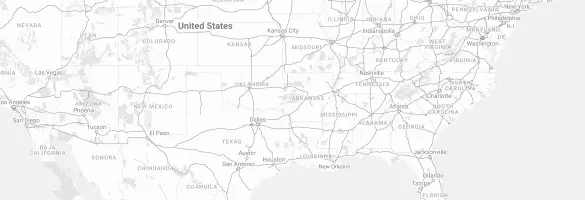
Interceptor® 8055
Your high-speed solution for residue management, weed control and seedbed creation, the Interceptor 8055 was developed to provide growers with a conservation tillage tool capable of leaving a well-structured, level seedbed in fall or spring. Working Widths: 19’ – 39'6".





